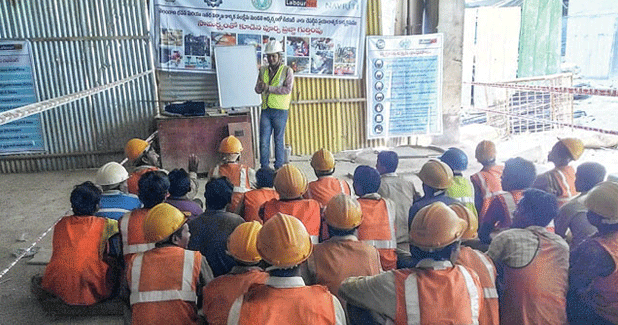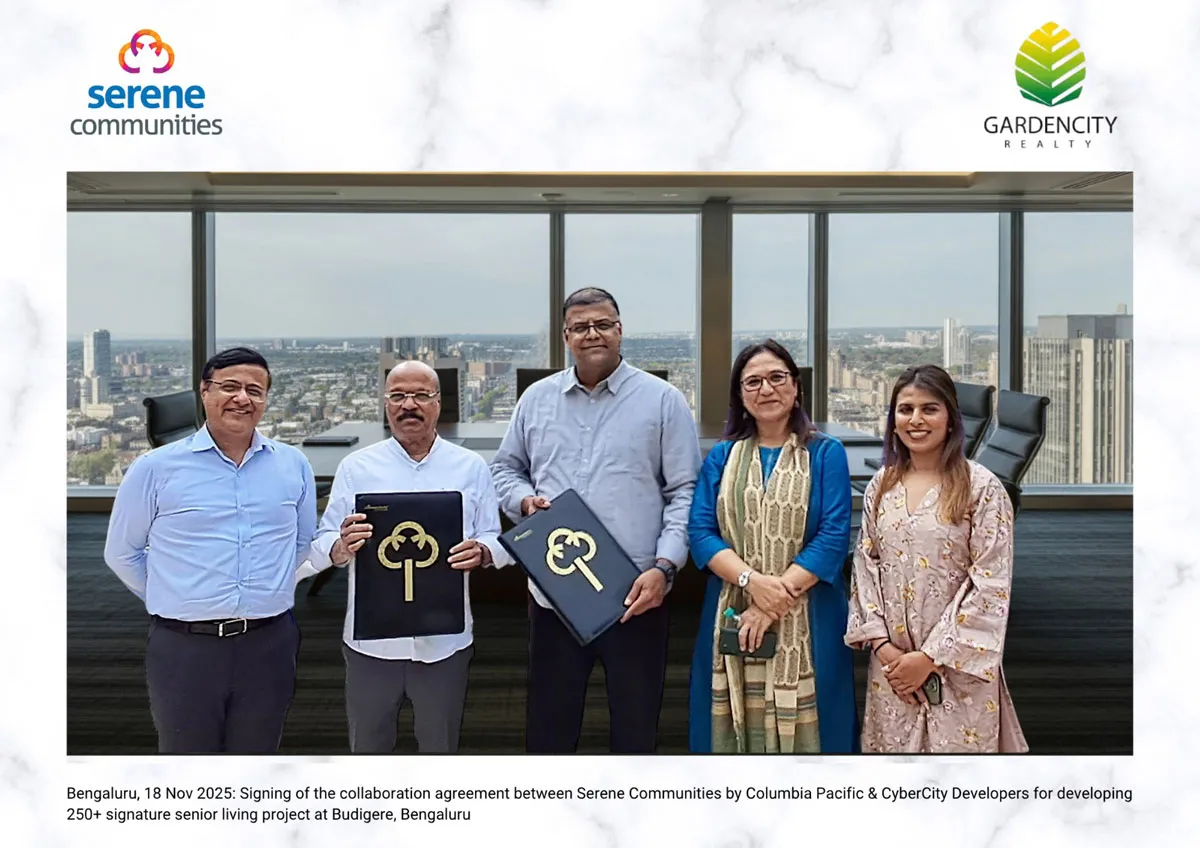Recognition of prior learning enables quick skilling and provides dignity to construction workers, writes RAJESH AR.
Although the construction industry is the fastest employment generator, it is largely unorganised. This is reflected in the nature of the workforce; in addition to being unskilled or semi-skilled, workers have low levels of literacy, are migratory and unaware of occupational risks, and work on low wages with lack of vertical mobility, poor working conditions, and inadequate provision for social security. This has a direct impact on productivity and efficiency and makes it imperative to explore smart and quick ways of skilling the existing and prospective workforce. In this scenario, recognition of prior learning (RPL) could be embedded as an effective intervention.
Understanding RPL
RPL plays a crucial role in the skill development process by establishing a system that encourages the individual´s access to formal recognition of prior learning. It facilitates social inclusion and rapid skilling with learning gained in non-formal environments. According to the National Skills Qualification Framework (NSQF), ¨RPL is the process of recognising previous learning, often experiential, towards gaining a qualification.ö RPL provides a holistic approach to the skill development of construction workers as it involves joint participation of governments (for example, Odisha, Chhattisgarh and Telangana), Board of Construction Welfare (BOCW), social enterprises like LabourNet and corporate houses like Tata Housing and Godrej Constructions. According to LabourNet, RPL will impact 1 million construction workers in the next three years and will create a win-win situation for all the stakeholders in the initiative.
How can it help?
Let us look at an example of how RPL can benefit construction workers. When Ramu came to the city looking for employment, his friend, a migrant construction worker, introduced him to a contractor. Ramu agreed to work as a mason on a construction site on the outskirts of the city despite little knowledge of masonry. He picked up the job of laying bricks and concreting as a daily wager and worked on the site till the project was completed. He mostly worked in risk-prone environments like high-rise buildings without any safety gear. Then, he moved to another project with a new contractor. As he was able to get regular employment, he decided to migrate to the city with his family. Later, he got his wife a helper´s job on the same site.
Ramu worked the same way for five years, without any difference to his wages or quality of life. Then, one day, with the help of a leading vocational education organisation working for the welfare of construction workers, he was enrolled for an RPL assessment. He was evaluated on the basis of how he used the toolkit and handled materials, his awareness of safety and occupational risks, his efficiency in completing his tasks, what he needed to meet industry standards, and what could guarantee him sustained employment.
Ramu´s story is a typical case of stagnant workforce, not sufficiently skilled to move up the ladder in terms of job, salary and living conditions. The challenge is to bring workers like him into the mainstream by recognising their prior knowledge and skills. In Ramu´s case, an intervention in RPL not only recognised his existing competencies and skill gaps but brought the much-needed dignity to his profession. People like him can be easily moved into the mainstream and matched with the qualification packs (QP) listed in the NSQF.
Enhancing employability
Several vocational training and education organisations offer specialised services in conducting RPL assessments. Particularly in the construction sector, such organisations are successfully mobilising workers like Ramu to secure a decent livelihood through job stability and enhance long-term employability. Systematic RPL interventions can ensure a sustained pipeline of skilled labour that can fulfil different roles like masonry, bar bending, shuttering, carpentry, plumbing, painting, scaffolding, and so on. As the bulk of employment happens at the entry level, or Level 2, as per the QP, one needs to implement a quick and scalable skilling model for enhanced productivity and efficiency.
A study by the Confederation of Indian Industry (CII) has projected the demand for skilled workers in the construction subsector to be 15 million by 2015, while present training capacity within the subsector is merely 4.4 lakh per annum. With strategic implementation, RPL can speed up the process of skilling the workforce.
A tool for tomorrow
RPL can be successfully implemented as a tool for delivering a fair, efficient, flexible and inclusive skilling process.
It involves validating the scope and relevance of existing skills and mapping them with standard competencies, learning outcomes of NOS and QP levels. The verification of evidence of knowledge and skills is the basis for formal recognition and certification. In other words, RPL is a supported assessment process, implemented by qualified practitioners and based on approved national qualifications and standards. Identifying and enrolling workers for RPL assessment is mostly through vocational training companies, construction companies and government interventions; rarely would a worker volunteer for it.
It involves the following steps:
- Profiling existing knowledge and skills of workers and mapping them with the desirable skills listed in QPs for different levels.
- Evaluating workers on the use of tools and technology, knowledge of materials and how to handle them, safety standards and risk avoidance.
- Assessing skills on site and validating the claims made by workers; rating their skills and identifying skill gaps that can be plugged later.
- Acknowledging and certifying existing levels in a formal way and matching them with entry levels for employment.
- Recommending the next level of skills and competencies for growth and sustained employability.
Indeed, RPL has many advantages for all the stakeholders in the construction skilling value chain. While it helps workers gain respect and recognition for their informal learning, training providers can shorten their skill development programmes by leveraging on existing skills. The Construction Welfare Board can include these workers for social benefits that can bring more dignity and security to their lives. The industry can rely on a trained workforce adept in using specialised toolkits and materials while fulfilling different roles in the construction subsectors. Thus, RPL contributes significantly to bridging the gap between the unorganised and the organised by matching the expectations of the industry with the existing skills of the workforce.
About the author:
Rajesh AR, Executive Director, LabourNet Services India Pvt Ltd, has a vision to set up a network of employment, education and employability centres across India. Prior to this, he was one of the co-¡founders of Teamlease and was also the Head of Employment Services Division of Manipal Global.
To share your HR initiatives, write in at feedback@ASAPPmedia.com





















